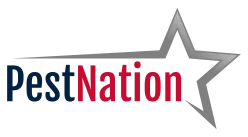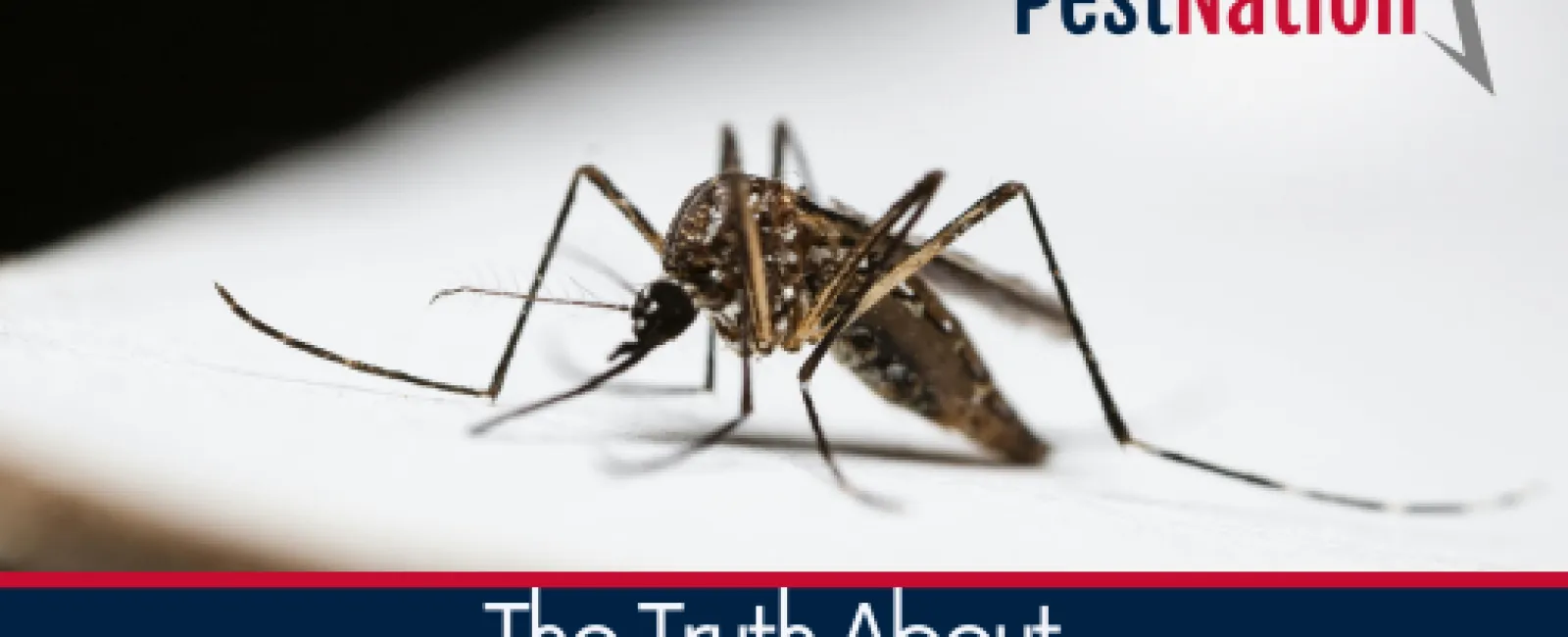As the weather begins to cool in late summer and early fall, many homeowners breathe a sigh of relief, believing that pest problems naturally diminish when the seasons change. Unfortunately, this is far from the truth. While some pests may slow their activity outdoors, others actively seek warmth and shelter inside homes, setting the stage for one of the most overlooked issues in pest management: overwintering pests. Stink bugs, ladybugs, cluster flies, and other invaders are notorious for finding their way indoors, where they remain hidden until spring. Their presence can be more than just a nuisance—these pests can stain walls, contaminate living spaces, and in some cases, trigger allergies.
Understanding overwintering pests is crucial because their survival strategy relies heavily on human structures. Once inside, they can stay unnoticed in attics, basements, wall voids, and even behind insulation. By the time warmer months return, infestations may appear suddenly, leaving homeowners puzzled about where they came from. This cycle makes proactive pest control an essential component of year-round home protection. For families in Atlanta, Charlotte, and Charleston, where seasonal transitions are more pronounced, relying on professional support like PestNation pest inspections and quarterly services ensures that hidden invaders don't compromise comfort or property value.
What Are Overwintering Pests?
Overwintering pests are insects that survive cold weather by finding sheltered environments to remain inactive until spring. Instead of dying off with the cold, these pests adapt by entering homes and commercial buildings where conditions are stable. Unlike pests that feed actively year-round, overwintering pests typically enter a state of diapause, a kind of hibernation. While they are not actively reproducing or feeding, their presence indoors is still problematic due to staining, unpleasant odors, and the potential for sudden swarms when temperatures rise indoors during winter.
Some of the most common overwintering pests in the Southeast include:
-
Stink Bugs: Known for their pungent odor when crushed or disturbed, stink bugs are a frequent fall invader. They often enter homes through cracks, siding, and poorly sealed windows.
-
Ladybugs (Asian Lady Beetles): Unlike native ladybugs, the invasive Asian lady beetle tends to gather in large numbers inside homes. They can stain walls and emit a yellowish liquid when disturbed.
-
Cluster Flies: These pests don't breed indoors but gather in attics and wall voids, where they emerge in large numbers on warm winter days.
-
Boxelder Bugs: Attracted to warm walls and sunny siding, they often squeeze through tiny cracks to overwinter indoors.
Recognizing these species and their habits is the first step in creating a proactive prevention plan.
Why Overwintering Pests Target Homes
Homes and buildings offer everything overwintering pests need: warmth, protection, and access points that mimic natural overwintering sites like tree bark or leaf litter. In urban and suburban environments, human structures have essentially replaced these natural shelters.
Key reasons overwintering pests enter homes include:
-
Temperature Stability: Insects are cold-blooded, so freezing temperatures can be lethal. Homes provide insulation and steady warmth.
-
Abundant Entry Points: Small cracks in siding, gaps around windows, vents, and chimneys create easy entryways.
-
Light Attraction: Many overwintering pests, such as ladybugs and stink bugs, are drawn to the warm, sunlit sides of homes during fall, which guides them to potential entrances.
For homeowners in Atlanta, Charlotte, and Charleston, where winters are milder than in northern states, pests may remain more active inside. This makes Charleston pest control and other regional services a year-round priority.
The Hidden Risks of Overwintering Pests
At first glance, overwintering pests may seem harmless because they don't typically feed on wood like termites or spread diseases like rodents. However, their presence can create several challenges:
-
Structural Staining: Ladybugs and boxelder bugs can release pigments that leave stains on walls, curtains, and upholstery.
-
Odor Problems: Stink bugs emit an unmistakable odor when disturbed, which can linger in confined spaces.
-
Allergic Reactions: Some individuals may experience allergic responses, especially to ladybug secretions.
-
Secondary Infestations: Dead overwintering insects can attract other pests, such as carpet beetles or rodents, which feed on carcasses.
Left unchecked, these hidden pests can reduce indoor air quality and comfort. A single PestNation pest inspection can uncover problem areas before these invaders multiply or draw in secondary pests.
Proactive Pest Control: The Key to Prevention
Since overwintering pests are more difficult to remove once inside, prevention is the most effective strategy. Professional pest management emphasizes interior and exterior treatments, inspections, and regular monitoring to ensure homes remain secure throughout the changing seasons.
1. Seal and Exclude
-
Caulking around windows and doors.
-
Installing door sweeps.
-
Repairing damaged siding and screens.
-
Sealing attic vents and chimneys with proper mesh covers.
2. Routine Inspections
PestNation pest inspections provide homeowners with detailed assessments of vulnerable areas, ensuring small entry points are identified before pests exploit them.
3. Quarterly Services
Unlike one-time treatments, quarterly services keep a protective barrier active around the home year-round. These services adapt treatments to the season, anticipating pest behaviors rather than simply reacting.
4. Interior and Exterior Treatments
For residents in Atlanta, Charlotte, and Charleston, interior and exterior pest treatments address overwintering pests at multiple levels—sealing off entry points and reducing activity both indoors and outdoors.
Regional Considerations
Each region faces unique pest pressures:
-
Atlanta: Warm autumns followed by mild winters create extended activity periods for stink bugs and ladybugs. Homes with wooded surroundings are at higher risk.
-
Charlotte: The transitional climate makes it a hotspot for both northern and southern pest species, requiring proactive inspection and treatment year-round.
-
Charleston: Humid conditions paired with historic homes make structures especially vulnerable to pest entry. Charleston pest control often focuses on sealing older structures with gaps that pests exploit.
By tailoring solutions to these environments, PestNation ensures consistent protection regardless of location.
The Role of Professional Treatments
While DIY exclusion and sprays may seem appealing, overwintering pests often hide deep within structures where store-bought solutions cannot reach. Professional programs, such as those offered by PestNation, combine multiple approaches:
-
Targeted treatments around entry points.
-
Environmentally conscious solutions to reduce impact on families and pets.
-
Long-term monitoring to address recurring activity.
These layered strategies provide a comprehensive solution rather than temporary relief.
Why PestNation's Approach Works
PestNation specializes in adapting treatments to seasonal changes, which is critical for overwintering pests. By combining quarterly services with interior and exterior treatments, homeowners receive consistent coverage. Additionally, ongoing pest inspections ensure that new vulnerabilities are addressed before infestations occur.
Homeowners often underestimate the resilience of pests like stink bugs and ladybugs. Without intervention, these insects can return year after year, exploiting the same entry points. PestNation's proactive strategies eliminate this cycle, ensuring long-term results.
Overwintering pests are a hidden threat that many homeowners only discover after the problem has grown. By the time stink bugs or ladybugs appear in swarms during warm winter days, they've already been living quietly inside walls or attics for months. This underscores why prevention, not reaction, must be the focus of pest control.
For residents in Atlanta, Charlotte, and Charleston, the solution lies in a proactive partnership with a trusted provider. With services like PestNation pest inspections, quarterly services, and Charleston interior and exterior pest treatments, homeowners can rest assured that their homes are fully protected year-round.
Choosing a professional team like PestNation ensures that overwintering pests are addressed before they become a recurring seasonal frustration. By sealing vulnerabilities, maintaining seasonal treatments, and focusing on long-term prevention, PestNation transforms pest control from a reactive chore into a protective strategy that keeps homes safe, healthy, and comfortable no matter the season.

